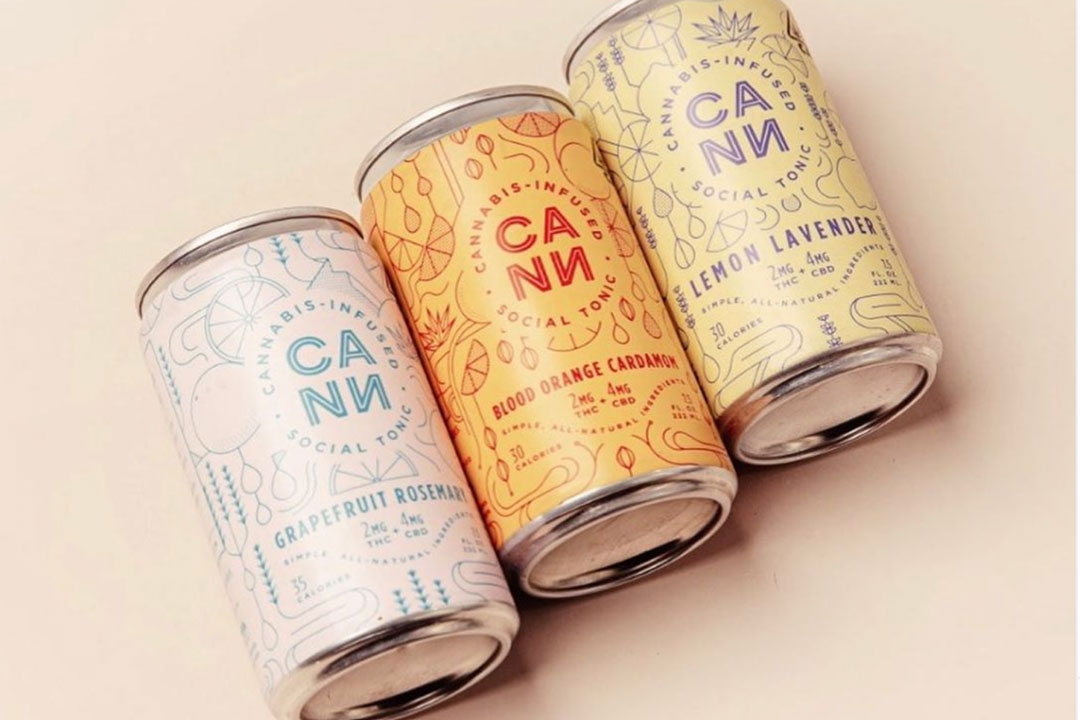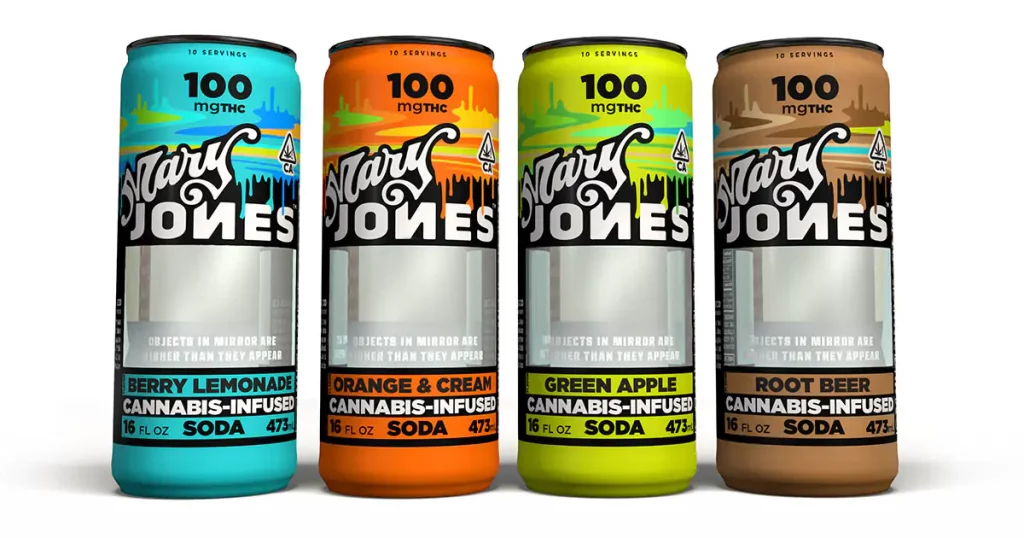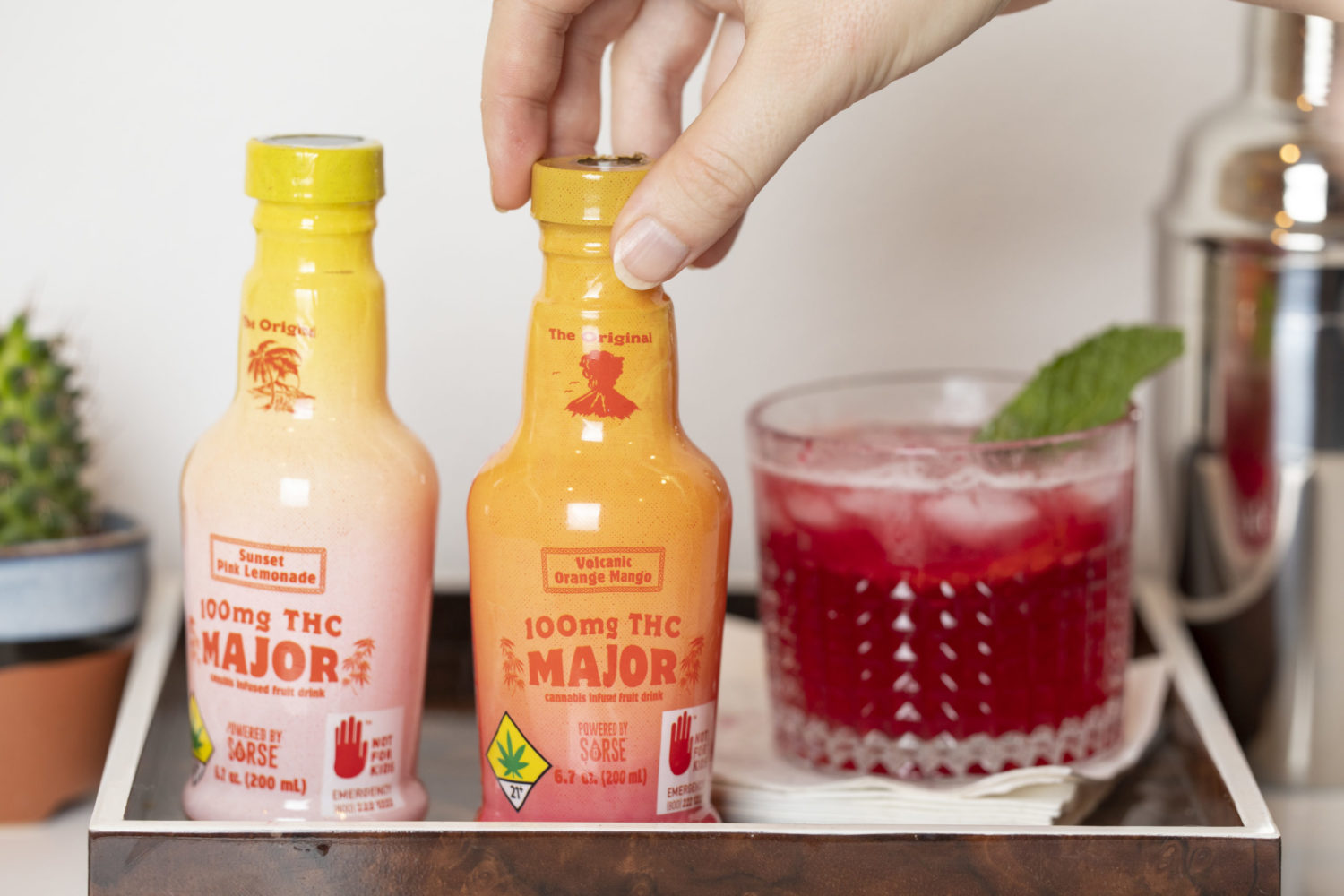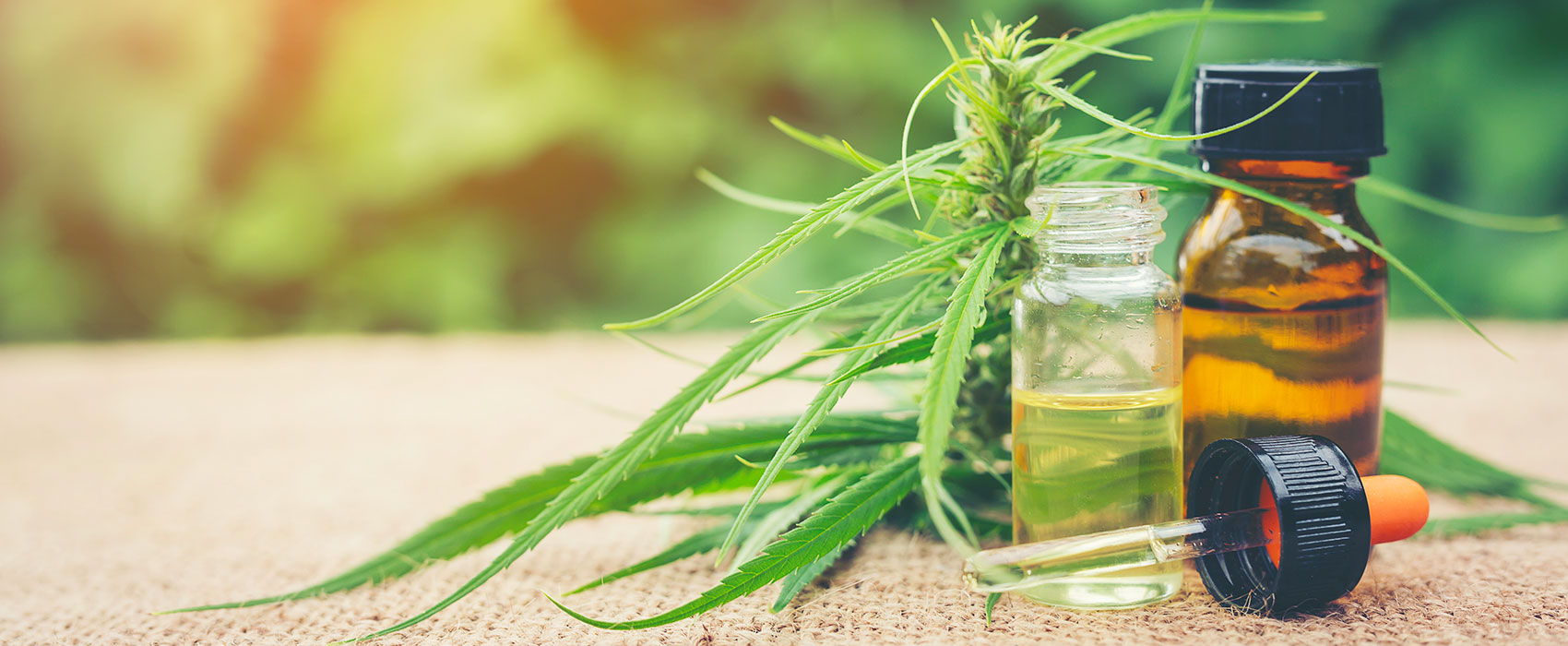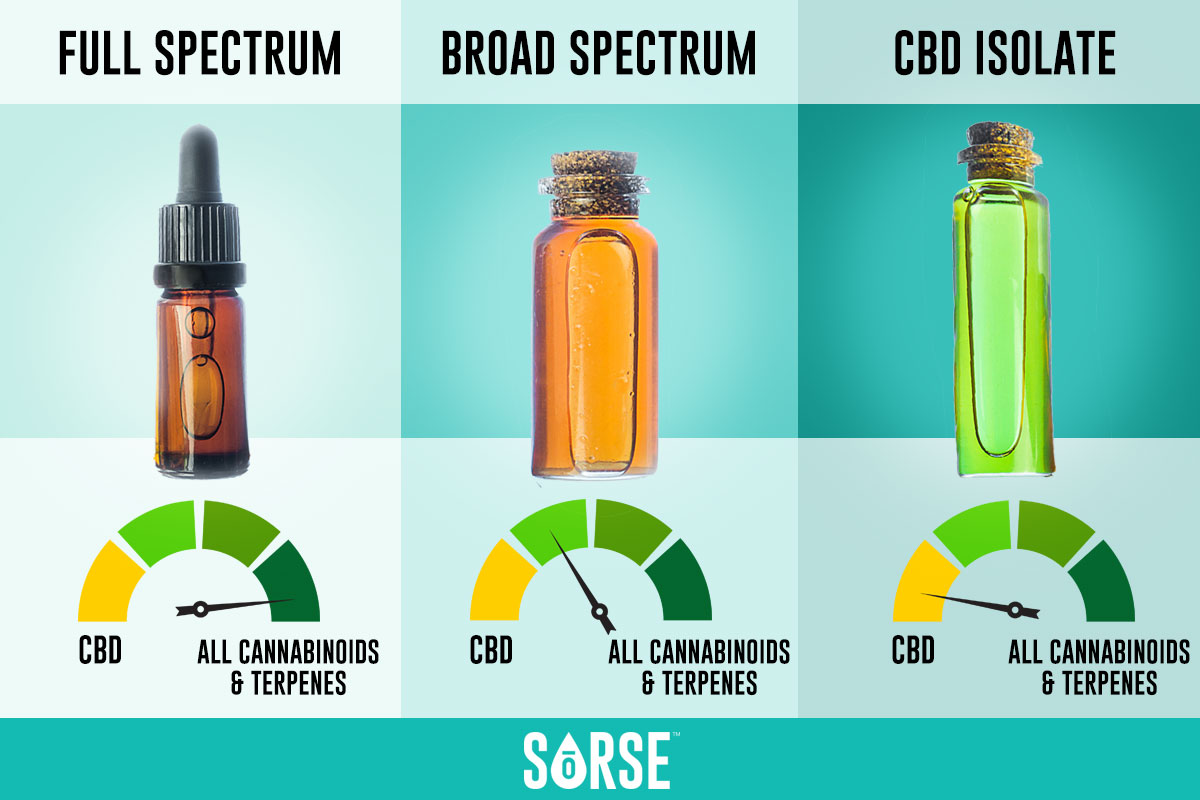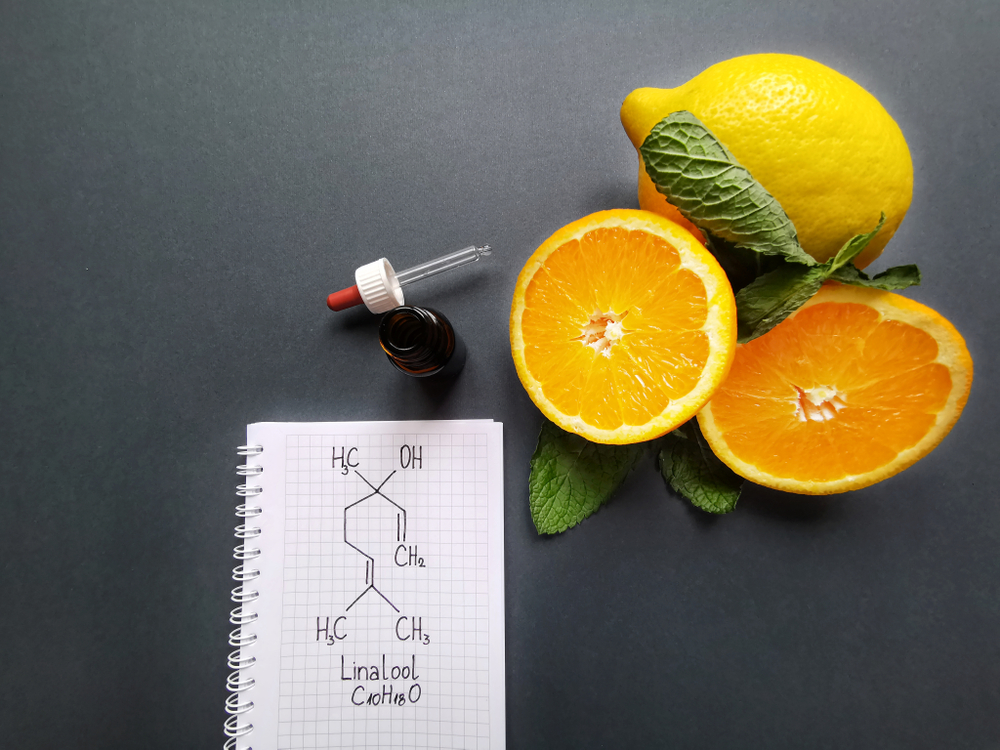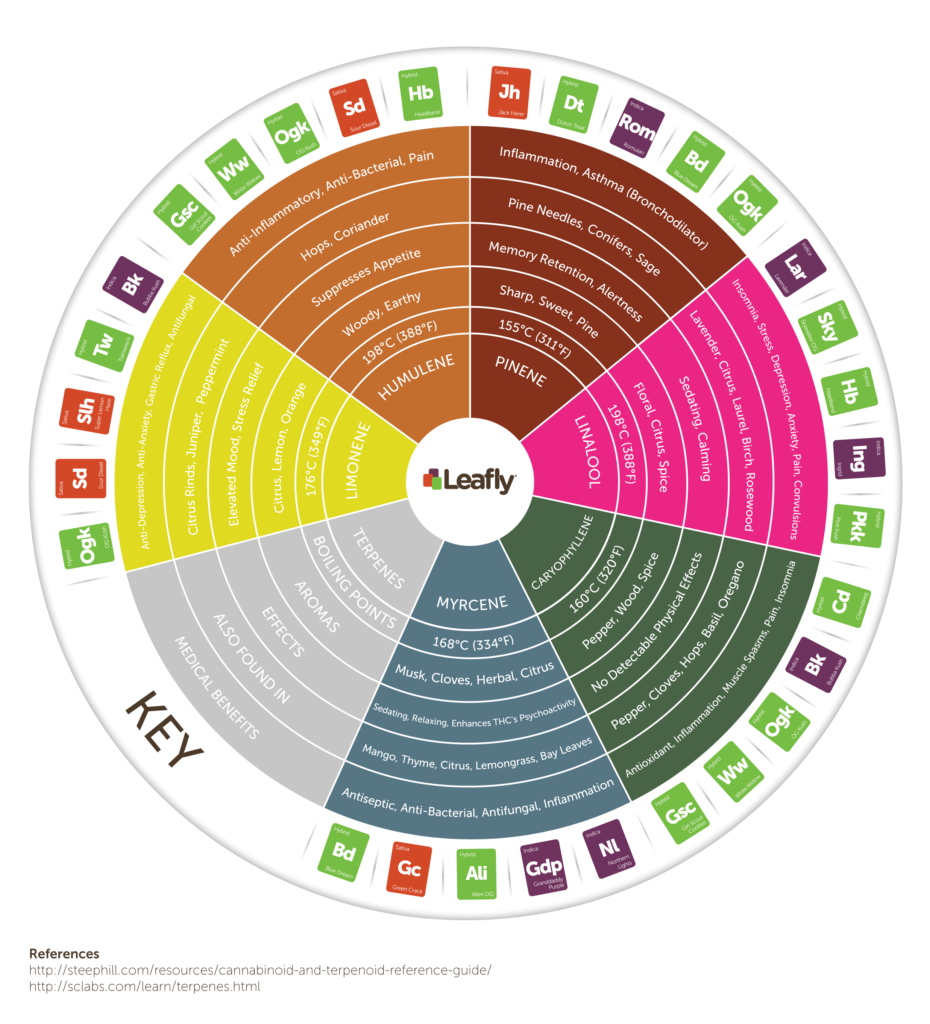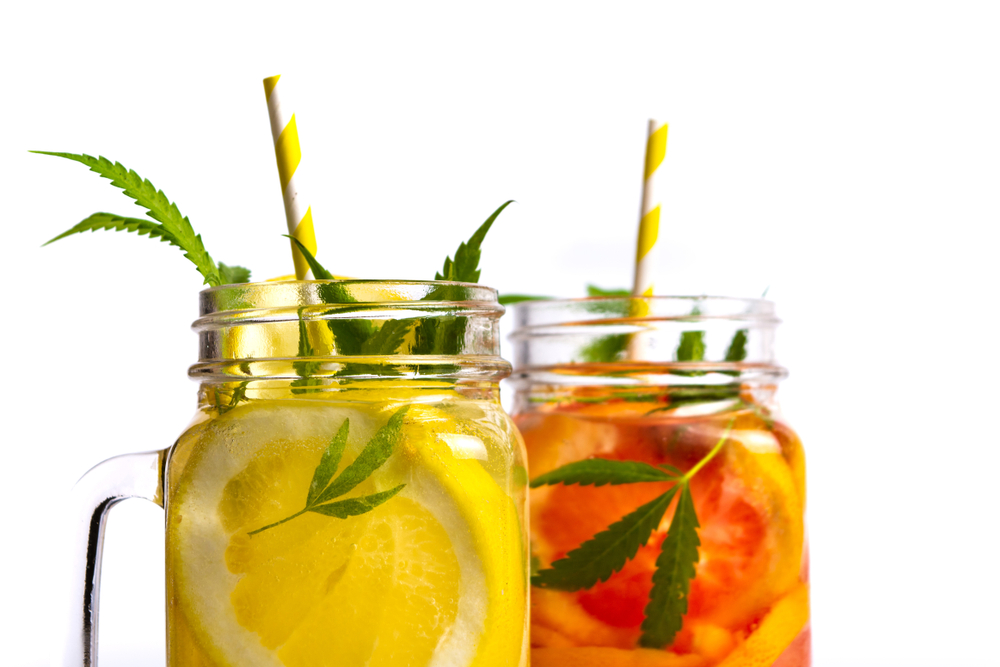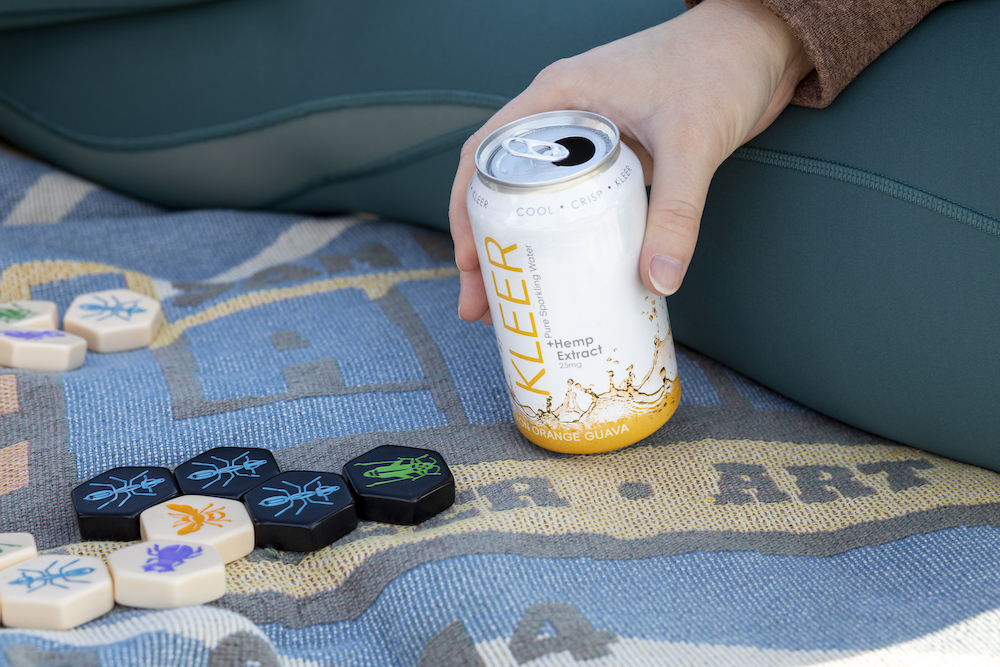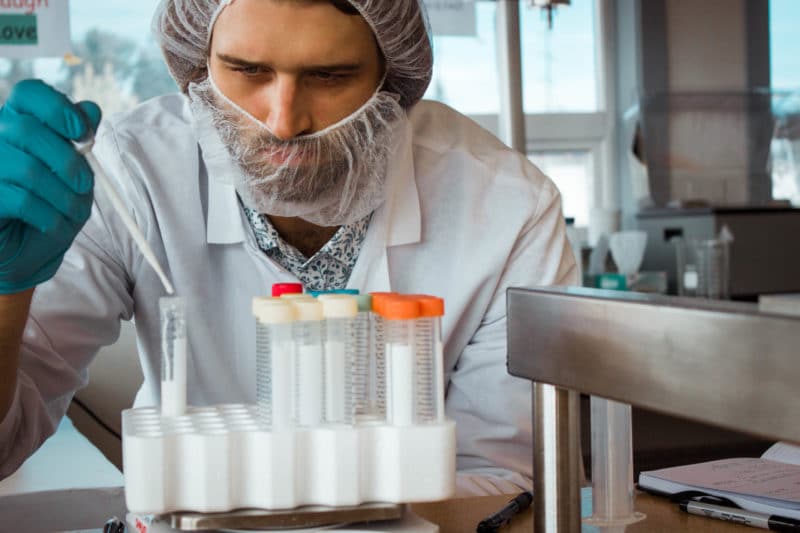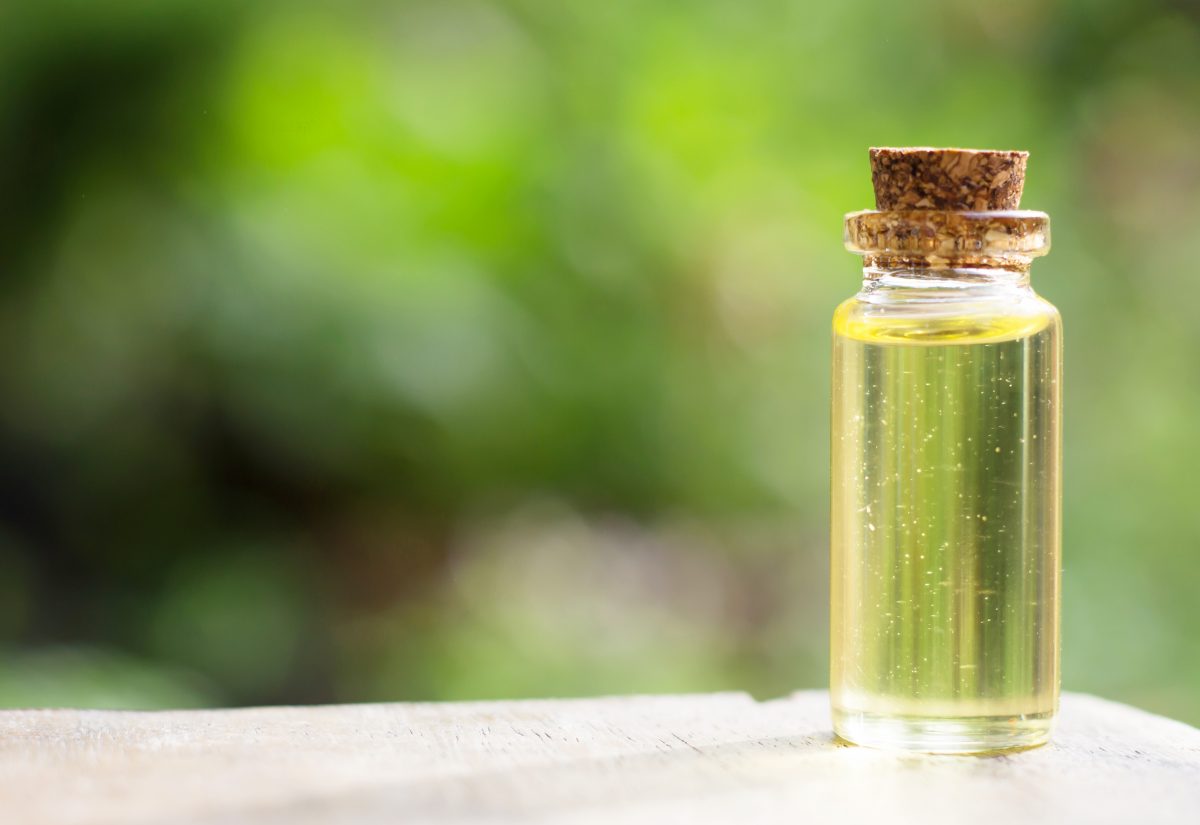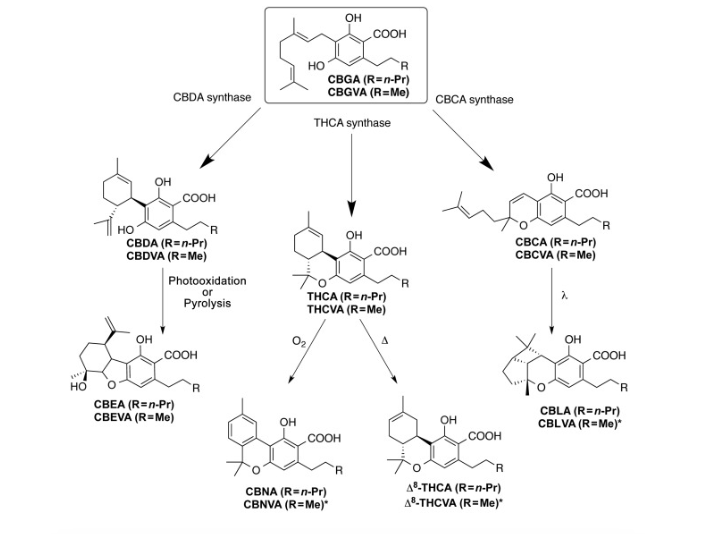When it comes to choosing an infused beverage, today’s cannabis consumer has a wide array of options depending on their state’s cannabis laws. Cannabis infused beverages on the market today include sparkling waters, flavored seltzers, juice-based drinks, mocktails, tonics, and kombuchas, just to name a few. So many options, so little time!
Consumers who are new to beverages infused with cannabinoids such as CBD and THC often wonder what milligram dose is best for them. When it comes to CBD, which is non-psychoactive, most beverages on the market today feature anywhere from 15 to 30 mg of CBD. That said, some consumers familiar with CBD prefer higher dosed beverages ranging from 30 to 50 mg. Most beverages containing THC can vary – from as low as 2 mg THC to as high as 100 mg.
When it comes to CBD, research suggests it may help with certain health conditions such as inflammation, pain, and anxiety. Different people respond to different doses based on factors like individual body chemistry and the condition they seek to remedy. What sets CBD apart experientially is that It is not psychoactive, meaning you won’t get “high” like you will with THC. Because of this, finding the right dosage for THC infused products is especially important in terms of its short-term effects. Below are key factors consumers should keep in mind when deciding what milligram dosage is right for them.
How Are Cannabis Edibles and Drinks Different in Terms of Dosing?
Consumers who are new to infused beverages might wonder if they are stronger than edibles. The answer is, it depends on how the body processes the cannabinoids.
Typically, it can take the body 45 to 90 minutes to process an oil-based edible because of the way the digestive system breaks down the food product and how the cannabinoid is then absorbed into the bloodstream.
In contrast, beverages infused with a water-soluble formulation typically have an onset between 8 and 15 minutes because the cannabinoids are first absorbed through the mouth and under the tongue as well as through the digestive tract.
Consumers who are new to cannabis edibles and beverages should also pay attention to the serving size of both types of products and read the packaging carefully. For example, a small gummy may contain 20 mg of THC, while the serving size is half of the gummy. Who eats half of a gummy? Someone who doesn’t want to go on an unexpected, elevated adventure!
The bottom line is to always read the label. Some beverages offer a dosing ruler on the packaging for the consumer to easily identify how many milligrams are in one serving. The best rule of thumb when trying any product for the first time is to take it slowly and note how you feel after consumption.
How to Choose the Right Dosage for You
Canna-Curious: Start Low, Go Slow
For new consumers who are curious about cannabis, the best route is to start with a low dose beverage – low dose meaning 2-4 mg THC per 8-12 fluid ounces – and to take it slowly. A perfect example of a low dose beverage that is very approachable for new consumers is our partner, Cann’s Social Tonic. Each 8-ounce can contains 2 mg THC and 4 mg CBD, a ratio that allows the cannabinoids to complement each other. What’s more, Cann has some delicious flavors to choose from, like Lemon Lavender, Grapefruit Rosemary, and Orange Cardamom.
Another great option for a sessionable low dose beverage that is Powered by Sōrse is Leisuretown; they offer infused seltzers which come in three tasty flavors – Ginger Berry, Yuzu Lime, and Cherry Vanilla. Each 12-ounce can is infused with 2.5mg THC and 5mg CBD, offering that 1:2 THC/CBD complimentary cannabinoid ratio.
After drinking half of a low dose drink, relax for a few minutes and see how you feel. Then you can decide if finishing the beverage is the path forward, or if saving the rest for later is the better choice. Remember, you can always drink more, but you can’t drink less! Taking the process slowly will allow you to see how your body reacts to the cannabinoids and how long it takes to feel the effects.
Occasional Consumer: Make It Easy, Take It Easy
For someone who consumes cannabis on a semi-regular basis, splitting a higher dose beverage into smaller doses would likely be a good fit. Depending on your tolerance, think of every 5 to 10 mg of cannabis in a beverage as one serving. As is true with the Canna-Curious consumer, the first time you try a new infused beverage, drink half and see how you feel; the rest is up to you!
Seasoned Veteran: Learn Your Limits
For the regular cannabis consumer with a higher tolerance, a 100 mg high dose beverage like Mary Jones by Jones Soda might be ideal. Mary Jones launched their beverages in the spring of 2022, and their first offering was a 16-ounce can infused with 100mg THC that comes in a variety of fan-favorite flavors, like Berry Lemonade, Orange & Cream, Green Apple and Root Beer.
Another great popular high dose product in a smaller package is Major. Each 6.7-ounce bottle contains 100 mg of THC and is available in a variety of different flavors including Pink Lemonade, Blue Raspberry, Passionfruit and Mango Orange.
Over the past two years, high dose, two-ounce beverage shots have quickly become a popular package size with the high tolerance consumer. In the summer of 2022, Headset Data reported that 100mg shots are the #1 package size for total cannabis beverage sales; in California, they represent 40% of total sales; in Colorado, 67%; and in Nevada, 61%. In California, the shot is one of two package sizes that sold more than 100,000 units; total sales for 100mg units were over 4 times greater than the next best-selling package size of 10mg.
What’s driving this trend? Consumers are looking for a better bang for the buck, possibly influenced by the rising cost of products driven by the recession. According to Headset’s findings, for the consumer, the 100mg format is more cost efficient ($0.12 per mg) compared to 10mg drinks ($0.56 per mg).
Whatever size high dose beverage a season veteran decides to try for the first time, again, take it slowly. Start with half a bottle or a small portion of a shot, spacing your doses out over a time period that gives you the opportunity to see how you feel throughout the experience.
Where to Buy Your Beverages
Many CBD-infused beverages are available online. Consumers can find the best tasting and most effective CBD beverages from our partners on our “Powered by SōRSE” page. Depending upon where consumers reside, they might be able to find beverages featuring CBD in a small local grocery store or a natural foods store.
Consumers of THC-infused beverages can find products in recreational or medical dispensaries. Some states like California and Massachusetts also allow for delivery services where consumers can order product online and have it delivered to their home.
Now more than ever, consumers interested in cannabinoids like CBD and THC in have an amazing array of beverage products to choose from. If you are a product developer interested in developing an infused beverage or are wondering how to appropriately dose your product based on your target consumer, book a call with SōRSE team member today for a consultation. We’re happy to provide insights based on our experience working with a variety of brands and clients delivering cannabinoids to the consumer.



